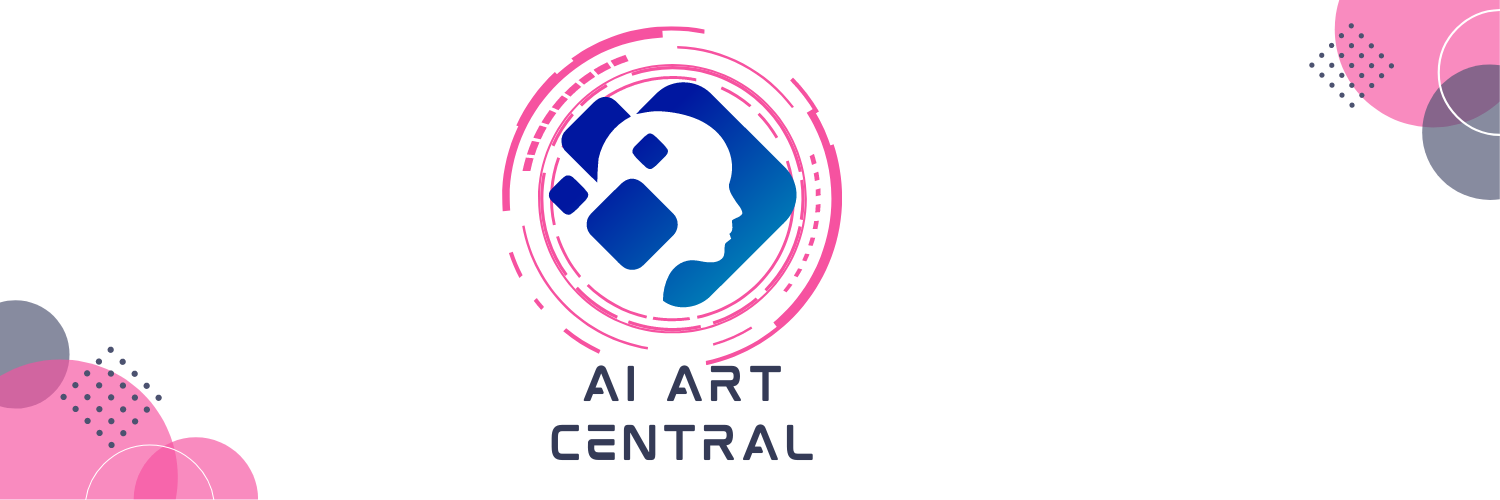The Problem With AI Art Generation

This article explores the problem with AI art generation and discusses how it reinforces sexist and racist stereotypes. The article highlights how AI art generation tools are not only easy to use, but also exploitative by nature. In the end, AI art is not the solution to our problems.
Art-generating AIs are merely repurposing the hard work of human artists
While AIs have achieved remarkable feats in producing beautiful art, they do not produce it from scratch. They do not come up with their own ideas; they simply use images that humans have already created and mix them up to create a new one. This can be a problem for artists who want to distinguish their work from others.
Many critics are quick to judge the end result of an AI’s art, ignoring the creative process. This is unfortunate because AI pipeline images merely imitate what human artists have done before. They fall into the conceptual art category, but AIs do have the ability to perform manual curation and tweaking actions. Hopefully, AIs will be able to generate more sophisticated conceptual work in the future as artists learn how to make the most out of these new tools.
The US Copyright Office recently ruled that AI art cannot be protected by copyright. This ruling makes the distinction between human and machine art more murky than ever. It also does nothing to resolve the challenges artists have been facing.
They reinforce racist, sexist stereotypes
The creation of AI art has become an increasingly important issue, and some people have been questioning its potential to reinforce racial and gender stereotypes. One notable example is the DALL-E preview code, which generates images of white men in business suits kissing each other but does not produce the same results for transgender people. Fortunately, researchers at OpenAI have put in place safeguards to protect the integrity of their systems.
The process of generating AI art is easy, and there is a fuzzy definition of what constitutes an “artist.” The AI algorithms used in creating AI art use pre-existing datasets that often contain biased information about the people represented. Because of this, AI art is likely to reinforce racial and gender stereotypes.
While some researchers believe that AI algorithms are a safe and effective way to create artwork, some experts worry that it could have detrimental effects. For example, they have argued that AI systems could generate images that reinforce racial and gender stereotypes, or even plagiarize the work of artists without their consent. These images could be used to fuel bullying and disinformation.
They are easy to make
With the help of AI, art creation is as easy as sending a text or image prompt to an application. These programs generate photos or artwork based on the prompt, and the results can be varied. This means that they are incredibly versatile. It is also possible to engineer the prompt to alter the outcome of the art.
There are several different types of AI art, each of which has different uses. You can make artwork for collectors, or sell it as NFTs, which are blockchain-based tokens that can be bought and sold like cryptocurrency. Alternatively, you can work for companies that produce digital products. You can make beautiful, exciting artwork with AI.
AI art has become incredibly easy to create in recent years. All you need to do is type in a text prompt – for example, a fox in a moonlit sky, or a post-apocalyptic city. Then, the AI tool will take over and generate the image from that text. You can even make video using the same tools.
They are exploitative by nature
It is a fact that Ai has become increasingly famous, but we should not be too quick to write off its exploitative nature. It has been accused of exploiting the lives of others for personal gain, and is a significant beneficiary of the art market. Sunflower Seeds, for example, is a work that utilises the economic structure to make a profit.
The problem with AI art is that it lacks perspective and inspiration. It’s like a compilation playlist created by a machine that’s been programmed with an endless supply of cover songs and remixes. This makes it extremely difficult to tell what’s good and what’s not.
In addition to using pornography, some users have even made subreddits of their NSFW output. Sadly, many of these subreddits were banned by Reddit because they violated their terms of service. Some subreddits have pornographic images of public figures or celebrities.
